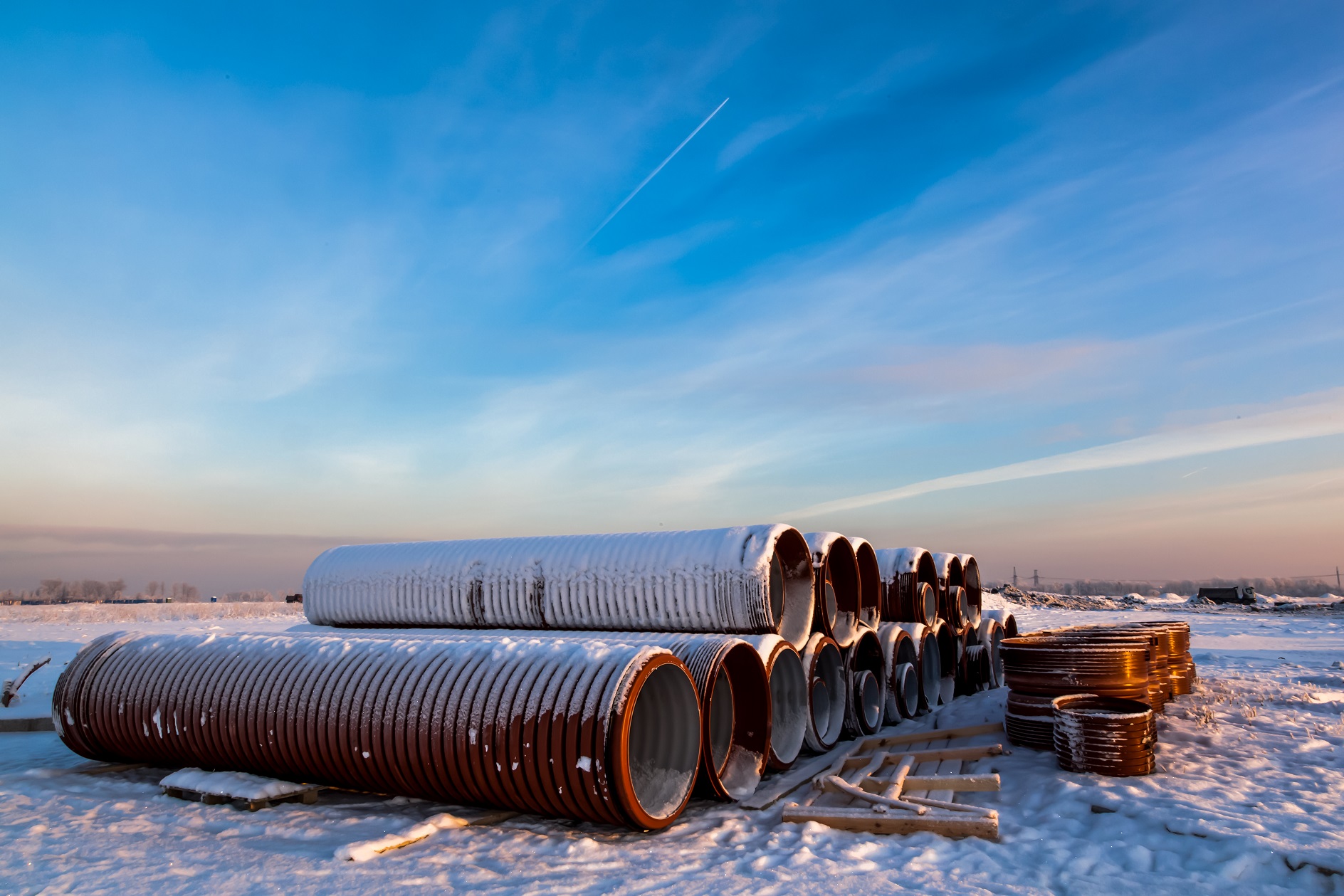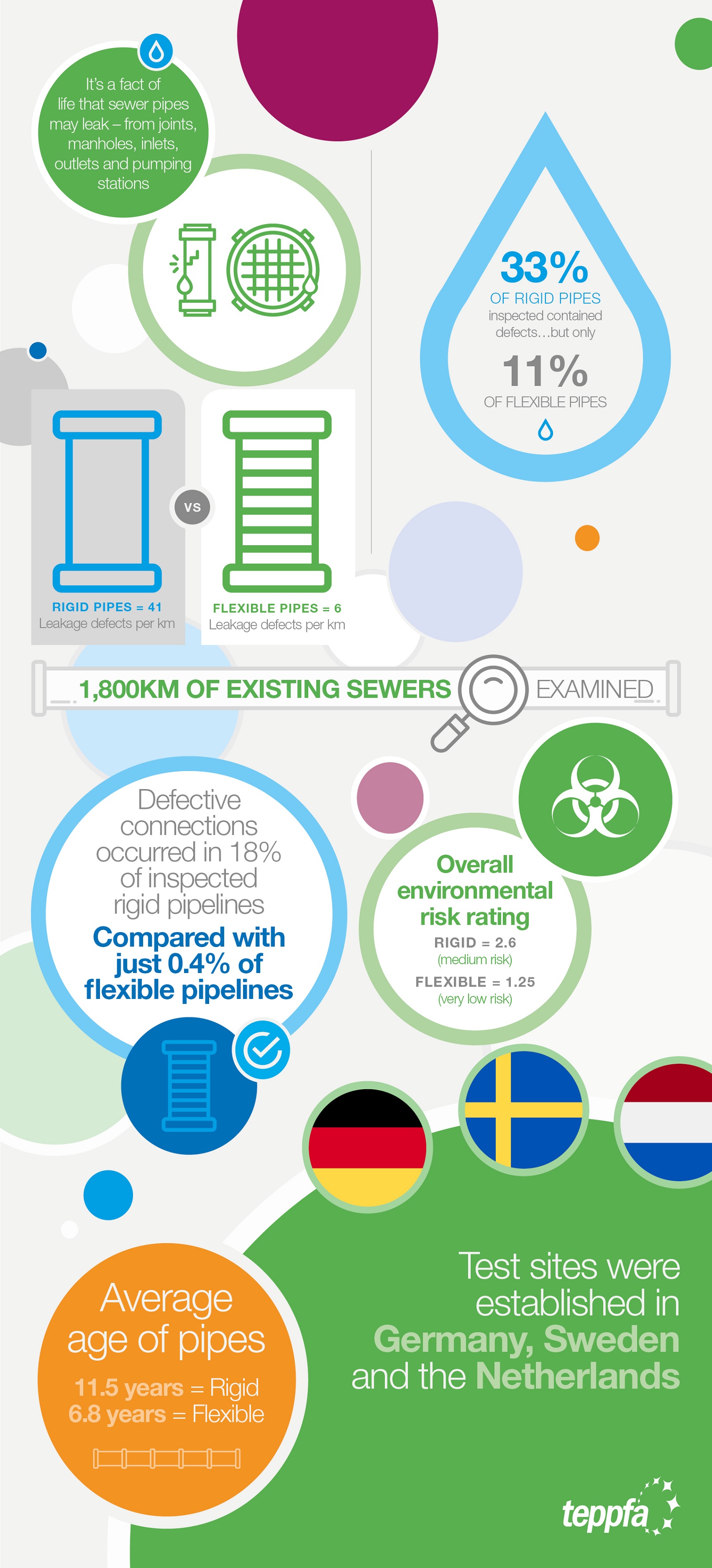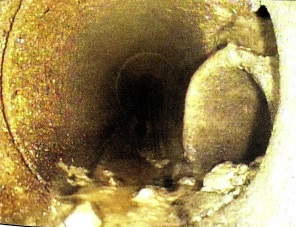
Leaking sewers – causing the exfiltration of wastewater into the surrounding soil – are an obvious environmental hazard. To the sewerage undertaker, infiltration of groundwater into the sewer is equally important as it can result in increased treatment volumes and potentially different treatment regimes. Ludo Debever of TEPPFA looks at how careful material choice can help mitigate defects and protect both the soil and sewer from defects and environmental harm.
Wastewater or sewage is a potent and complex mix of human and household waste – including chemicals such as ammonium, phosphorus and nitrates. Raw domestic sewage is slightly acidic – it also contains a cocktail of pathogens and micropollutants which can be highly detrimental to the environment if it is allowed to enter soil and groundwater. Environmental persistent pharmaceutical pollutants (EPPP) can affect the reproduction cycles of many species of aquatic animals, as well as causing the growth of antibiotic-resistant microbes.
The combination of chemicals found within wastewater can also cause the overenrichment of a body of water with nutrients – known as eutrophication or hypertrophication – which can lead to algae bloom and the accelerated growth of plant life. This increases the biomass load, leading to oxygen depletion which can ultimately kill animal and plant life – and is caused by detergents and other chemicals entering aquatic systems unnaturally. Products commonly found in the home and washed away into sewers – from oven cleaner to fabric softeners and anti-dandruff shampoo – can also cause ecotoxicity and ‘poison’ ecosystems.
Exfiltration from sewers can also cause damage to surrounding structures through prolonged erosion of the soil surround, including road subsidence which can endanger the lives of road users.
Finally, excess freshwater entering a sewer can dilute wastewater which has a negative impact by lessening the effectiveness of disinfection and biological treatment, as well as increasing costs. It can also cause volumes to exceed the working capacity of the treatment plant, which can lead to sewage backing up into the closest buildings or even overflow of drains and surface flooding.
Clearly pipe infiltration or exfiltration cannot be tolerated. But why do sewers begin to leak in the first place? Understanding the factors which lead to defects in a pipeline, and so allow infiltration / exfiltration, helps minimise damage to the environment.
A TEPPFA study into Sustainable Municipal Pipes examined the occurrence and type of sewer defects over a large network area. Covering 1,800 km of existing sewers in Germany, Sweden and the Netherlands, all visual defects were recorded using the European Standard visual inspection coding system for drains and sewers (EN 13508-2). The data was collected from both flexible pipes (PVC, PP, PE) and rigid pipes (clay and concrete) on systems of comparable service life (8 years old for plastic, and 11 years old for rigid pipes).
When looking at the average number of defects found per kilometre, rigid pipes contained 50 defects per km, and flexible pipes, 8 defects per km. In terms of defects that were sufficiently large to result in a leak and lead to exfiltration or infiltration, rigid pipes contained 41 per km, compared to 6 defects per km for flexible pipes.
Environmental impact cannot be based on the defect count alone, but when considered along with other variables – defect type, position, leakage potential, soil type, groundwater level and sewage level – educated estimates can still be made. At the most basic level, it can be concluded that many of these factors, for example the soil type and groundwater level, are irrelevant in the absence of defects, and so a defect does carry a risk of environmental contamination or impact of the sewage treatment process regardless of other factors.
Whilst proper ground investigations and correct installation in accordance with codes of practice and guidance for all materials will help mitigate these issues, the evidence of this study shows that flexible pipes are less likely to experience defects than rigid pipes. Plastic pipes with their ease of installation, flexibility to accommodate ground movement, resistance to chemical and biochemical attack, and careful design of ancillaries such as plastic chambers and manhole offer the best solution for minimising the impact on the environment.
View the full Sustainable Municipal Pipes study here.



